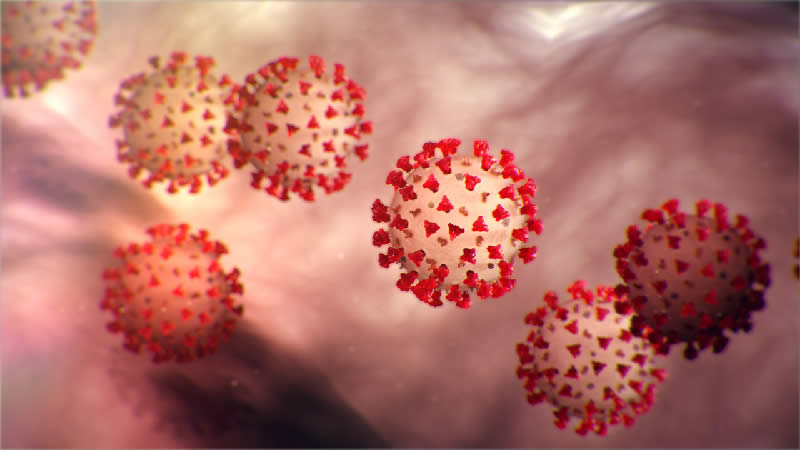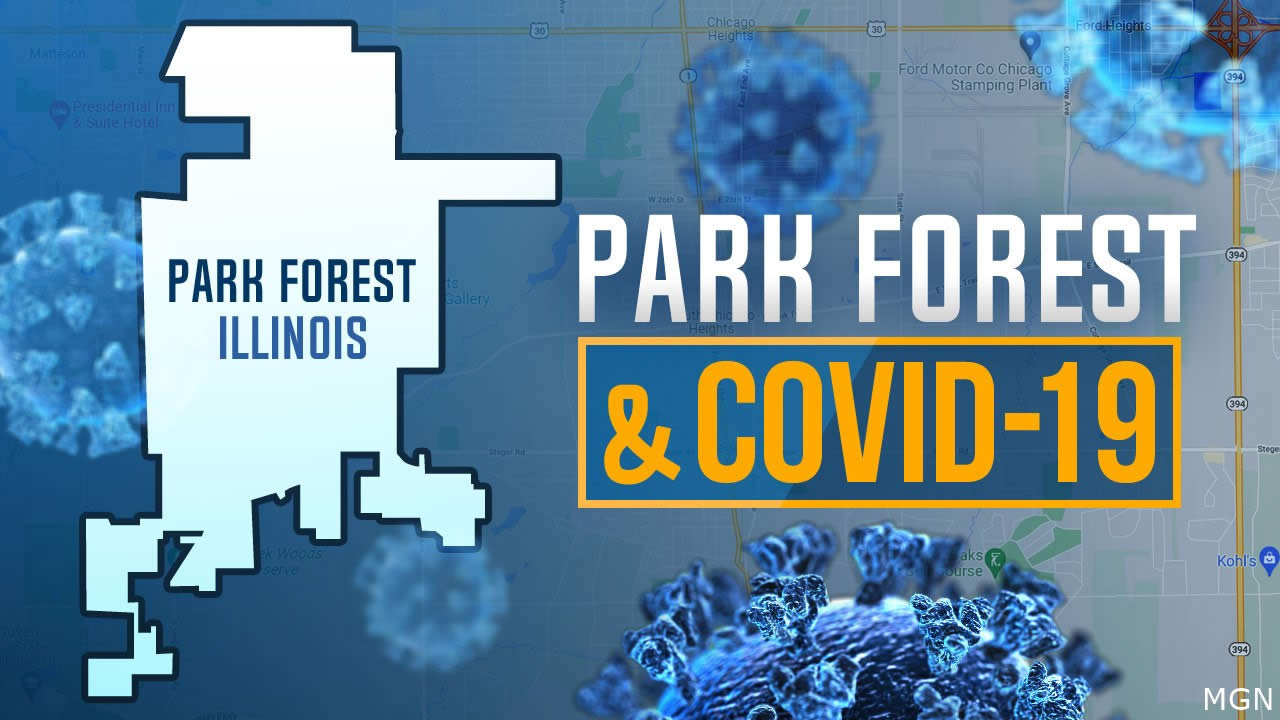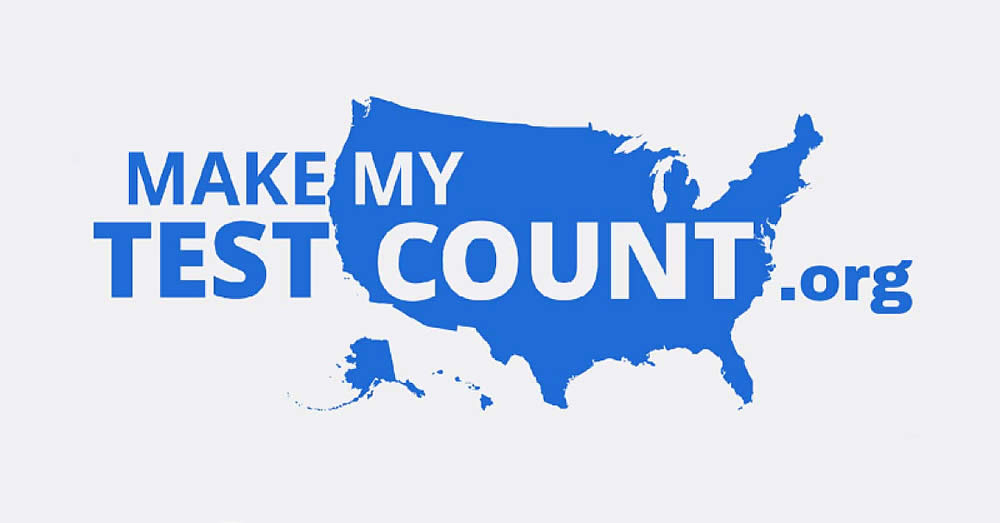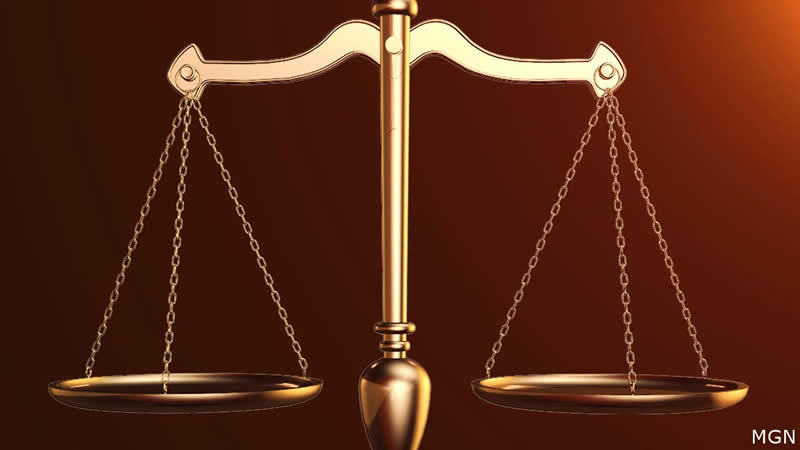
By: Joshua M. Sharfstein, MD; Scott J. Becker, MS; Michelle M. Mello, JD, PhD
JAMA-(ENEWSPF)- Controversies over diagnostic testing have dominated US headlines about severe acute respiratory syndrome coronavirus 2 (SARS-CoV-2), the novel coronavirus responsible for coronavirus disease 2019 (COVID-19). Technical challenges with the first test developed by the Centers for Disease Control and Prevention (CDC) left the nation with minimal diagnostic capacity during the first few weeks of the epidemic. The CDC also initially limited access to testing to a narrow group of individuals with known exposure. The delayed discovery of a case of COVID-19 in California, followed quickly by evidence of community transmission in multiple states, revealed the shortcomings of this strategy. In the early stages, COVID-19 has spread beyond the nation’s ability to detect it.
On February 29, the US Food and Drug Administration (FDA) moved to expand testing capacity by eliminating a requirement that advanced laboratories obtain prior FDA authorization before using their own, laboratory-developed tests.1 Then, on March 3, Vice President Pence announced the removal of all federal limits on testing, stating that “subject to doctors’ orders, any American can be tested.” These steps left many with questions about what had happened with testing and what should happen next.
Unraveling this situation requires understanding how the regulatory structure for diagnostic tests interacts with public health emergencies. It also involves appreciating the distinction between testing capacity for public health surveillance and clinical care. While the public may want extensive testing, the usefulness of testing is greater in some scenarios than others. It is important to balance 2 concepts: remedying testing gaps is imperative, yet more testing is not always better.
Understanding the Testing Gap
The basis of diagnosis for new viruses is the reverse transcriptase–polymerase chain reaction (RT-PCR) test used to identify genetic material in many clinical samples. The CDC developed a protocol for RT-PCR that included specific primers designed to bind to key areas of the novel coronavirus. FDA authorized CDC’s test via an Emergency Use Authorization (EUA),2 through which the FDA permits use of a non–FDA-approved drug or device to respond to a declared emergency. The CDC quickly shipped the test to state and local public health laboratories given the urgent need to support public health surveillance by identifying new cases around the country.
The CDC test differed in some respects from a test developed at the same time by the Robert Koch Institute in Germany and adopted by the World Health Organization (WHO). As soon as the test kits arrived, however, many state laboratories encountered difficulty verifying the results; some of the expected results came back as inconclusive or invalid due to failure of the negative control. The source of these problems remains under investigation.
The RT-PCR test is performed in many laboratories across the country for a variety of different clinical diagnoses, and laboratories could have tested using WHO’s recommended protocol and primers. However, FDA made clear that laboratories were encouraged to develop tests but could not use them for clinical diagnosis without FDA’s “approval, clearance, or authorization during an emergency declaration.”3
On February 24, recognizing that inadequate access to testing was hindering response efforts, frustrated state laboratories asked FDA for permission to develop and use their own tests. FDA initially directed the state laboratories first to submit an EUA application, but reversed course within days under growing pressure to expand testing capacity for patient care.
On February 29, FDA began permitting coronavirus testing using laboratory-developed tests without prior agency approval.1 Laboratories certified to perform high-complexity testing could begin testing patient samples using their own tests after showing that they took certain basic steps to validate them, so long as the laboratories submitted an EUA application within 15 days. Since the FDA announcement, the New York State laboratory announced it had received an EUA to test for the novel coronavirus. As of March 5, other laboratories are expected to begin testing soon, and it is anticipated that testing will be far more available nationwide by mid-March.
Regulation of Laboratory-Developed Tests in an Emergency
Testing for SARS-CoV-2 highlights a controversial area of public policy—the regulation of laboratory-developed tests—in which there has long been tension between the goals of access and quality. Outside of emergency contexts, FDA largely does not regulate laboratory-developed tests, leaving major gaps in oversight of test accuracy and validity. (The Centers for Medicare & Medicaid Services regulates the quality of laboratory operations and certain aspects of the analytical validity of laboratory-developed tests.) In 2014, during the Obama administration, FDA proposed but did not finalize draft guidance that would have required laboratories to submit evidence to the agency for certain high-risk tests. The Trump administration did not proceed with this effort, and in recent years, the debate over regulation of laboratory-developed tests has shifted to Congress, most recently in draft legislation called the Verifying Accurate, Leading-edge IVCT Development (VALID) Act.4
During declared emergencies, the regulatory terrain for laboratory-developed tests is different. In such circumstances, under the Project Bioshield Act of 2004, FDA has broad discretion about which laboratory tests can be used for the response. For the novel coronavirus, FDA chose to limit the initial approval to the CDC test for the purpose of ensuring accurate surveillance testing by state and local public health laboratories.3 The failure of this test, however, put into sharp relief the risks of this strategy: inadequate capacity to conduct surveillance, as well as a challenge to scale up quickly should the test be needed broadly for clinical care. Evidence suggests that containment of COVID-19 may depend on early case detection and contact tracing.5 It is notable that an administration that chose not to proceed with greater oversight of laboratory-developed tests absent an emergency also chose to restrict testing substantially in the case of coronavirus, even after professional societies expressed concerns in 2016 about access to testing in an emergency.6
While the latest FDA action to permit some testing prior to review is understandable under the difficult circumstances, this policy has introduced its own risks. It will be critical for FDA to identify and quickly address any testing errors by laboratories and review EUA applications quickly. The agency should also reassess the new approach as testing becomes more available and transparently review its experience to develop future policy for public health emergencies.
Who Should Be Tested?
The current situation exemplifies the challenge of how to best utilize testing during outbreaks of novel pathogens. The initial testing criteria were too narrow to monitor and control the spread of the disease, but the sudden pivot to a far broader testing approach, even as capacity remains limited, may be an overcorrection. As of March 4, CDC discontinued specific guidance and recommends that “[c]linicians should use their judgment to determine if a patient has signs and symptoms compatible with COVID-19 and whether the patient should be tested,” advising that “[d]ecisions on which patients receive testing should be based on the local epidemiology of COVID-19, as well as the clinical course of illness.”7
High priorities for testing include patients with serious, unexplained respiratory illness and contacts of known cases. In March 2020, numerous patients with mild, nonspecific symptoms of COVID-19 have called for testing in clinic offices and on social media. There is a risk that widespread testing and test-seeking will overwhelm medical services needed for patients who have more severe symptoms. Furthermore, once in a waiting room for a test, a patient with mild or no illness may actually be exposed to the coronavirus from infected patients.
A related concern is misunderstanding results. Given the disease’s incubation period (estimated as 2-14 days), a negative result does not rule out infection, particularly for people with a known exposure. A positive result in an otherwise well or mildly ill patient does not require urgent medical attention but does require isolation at this time. Accurate communications will be essential to avoid confusion.
Innovative approaches to testing, such as drive-through testing, should be considered. But testing is not a substitute for other steps to control the spread of the virus, such as handwashing, isolation when indicated, and appropriate social distancing measures.
Conclusion
Diagnostic testing is critical to an effective response to the novel coronavirus. As the US moves to make up for initial missteps, emerging evidence should guide policy and practice. The public health and medical communities should recognize the need to alter policy to fit changing circumstances and support consistent and compassionate messaging that recognizes both the benefits and limitations of testing.
References and More Information.








